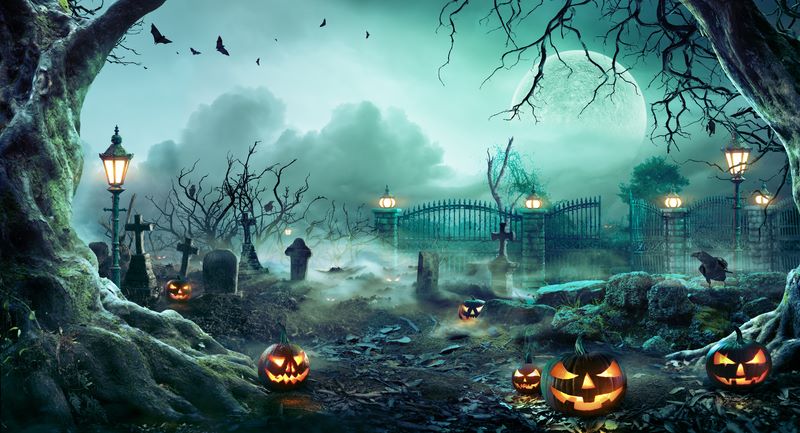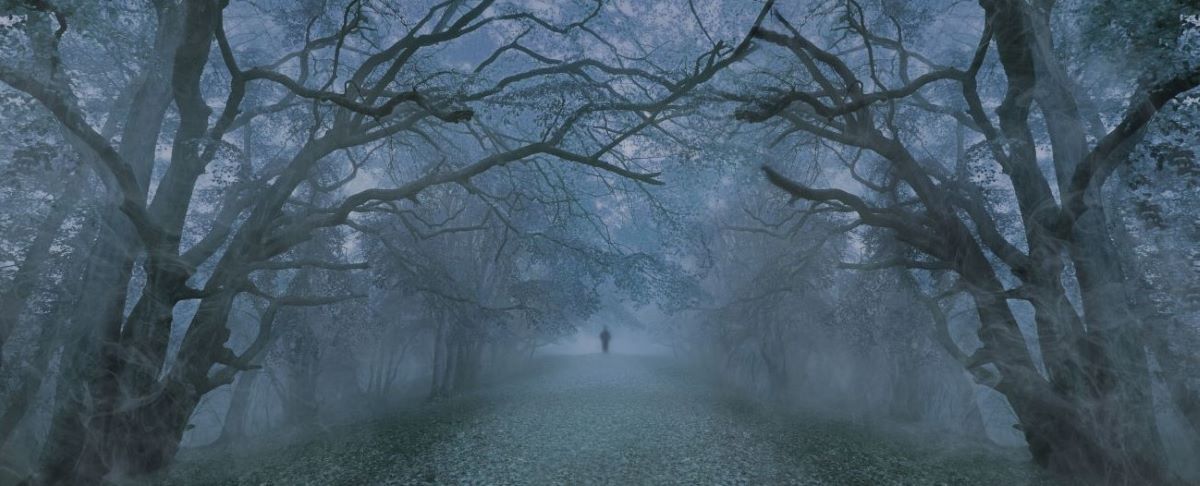‘You can't die for the life of you!’, was one of British Medium Doris Stokes’ most widely shared assertions (Stokes, 1998), no doubt of great comfort to her legions of fans, who desired this reassurance. Perhaps this claim feels more plausible if you share Doris’ convictions that the spirit endures after life ceases, that effectively there is an afterlife. In reality death is one of the few certainties that life will bring. So why is death the unavoidable reality that many people fear? A step into uncertainly, a significant transition that cannot be entirely predicted or controlled.
The variety of socio-cultural explorations and explanations of this liminal space between life and death are understandably extensive and associated myths and legends extend across communities and centuries. Marina Warner (1998) has written extensively on the practice of telling myths and legends, exploring the stories that people share and which evolve over time, including a consideration of monsters. We can be synchronously terrorised, familiar and yet also fascinated by these phantoms, who hide in the shadows and are therefore more likely to visit at night. We can identify with a resolute survival instinct that inherently values life, drives risk avoidance and seeks to sustain the preservation of life. This instinct can be translated into fear when facing potential death, it is the enemy.

The significance of the 31st October, the ancient Celtic festival of Samhain, was espoused to be a time when the veil between the worlds of the living and the dead was thinnest. This was a time when the visitation of spirits was most likely, a time of reflection, resurrection and reckoning. The annual practice of dressing up and wearing scary costumes on Halloween night can be at least partially explained therefore as an attempt to confuse and repel the spirits walking the earth, to blend in amongst them and thereby ensure a safe passage amongst them.
Both fear of and fascination with death is arguably a contributory factor in the existential crisis, as awareness of our own mortality reminds us of the inevitability of some endings. Perhaps that is why some popular Halloween characters are so seductive, an eminent example being the vampire and the power that is attributed to vampires as being able to at least in part control this challenge and cheat death. They are not immortal and yet more powerful to repel death. The desire of overcome death, may at least partially explain the fascination with vampire lore, alongside the complex allure of a charming and compelling adversary (Stoker, 2007).

Ultimately, both within the fictional world of vampires and the real world that we inhabit, death is the adversary that can only be restrained, temporarily held at bay, rather than vanquished. This feeds into some deep-seated fears as to what, if anything, comes next and existential concern regarding the final destination where consciousness goes after death. For some people, fears regarding death are intertwined with religious beliefs, associated judgment of their actions in life, alongside the possibility of spiritual death or an undesirable afterlife. Indeed, Halloween is at least in part alleged to be associated with the influence of some religions. Death anxiety may be more aligned with and enhanced by youth, death should have no place amongst the young. Yet with age, wisdom and perspective, attitudes towards endings may not necessarily be ambivalent but rather still circumspect.
So, Halloween, as the eve to a seasonal transition, can act as both a mirror to these concerns, yet also a cathartic release of the fear, a time to both celebrate and mock the Bogeyman. Halloween has evolved to become at once a celebration of horror, a fascination with the supernatural, as well as a squaring up to the macabre. The sociocultural phenomenon of sharing scary stories is the skeletal framework that upholds this tradition, a time to dance around the cycle of life and death, confront and release inner fears.
A time to reach for the philosopher’s stone and continue the search for eternal life, only imagining how entirely different that might turn out to be.





Rate and Review
Rate this article
Review this article
Log into OpenLearn to leave reviews and join in the conversation.
Article reviews